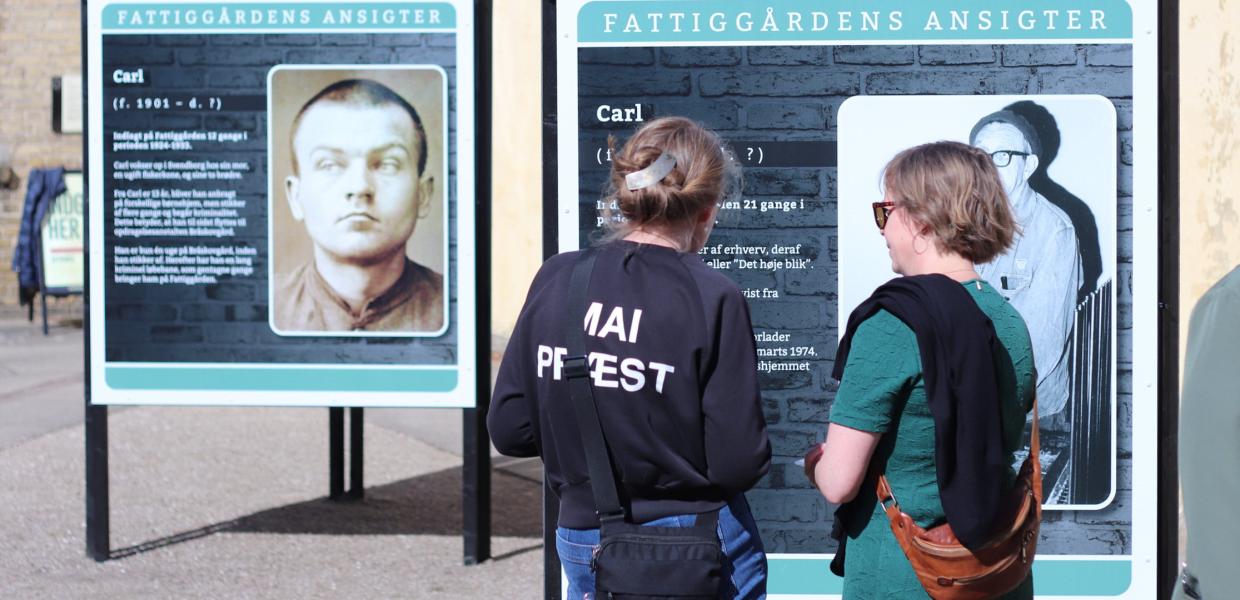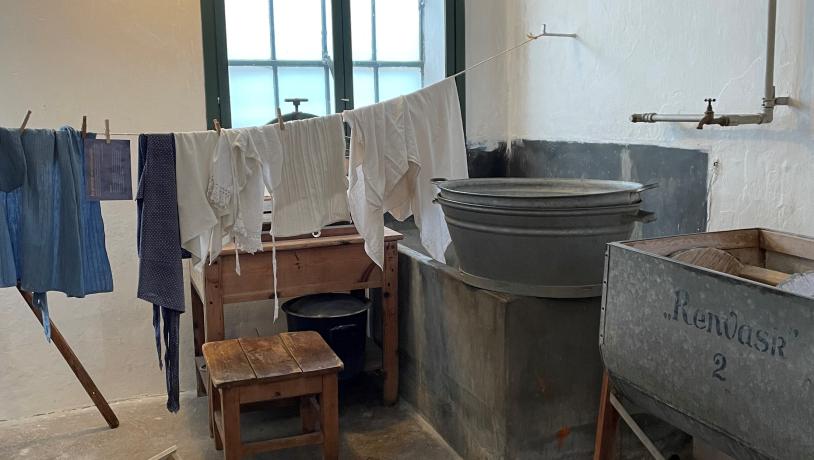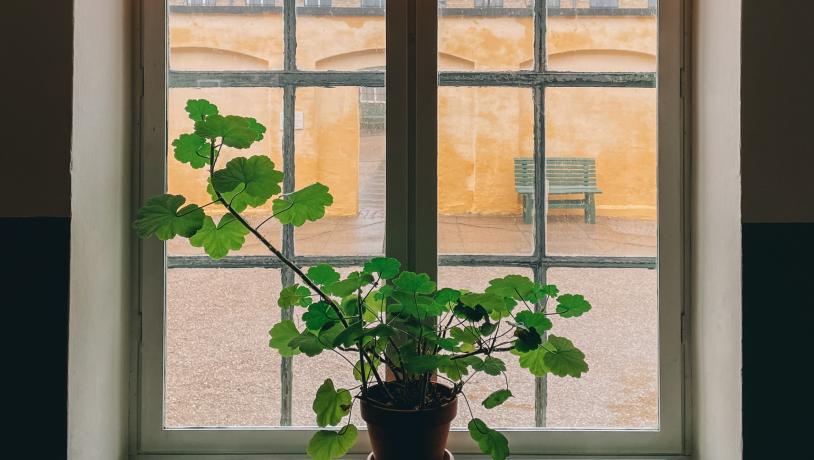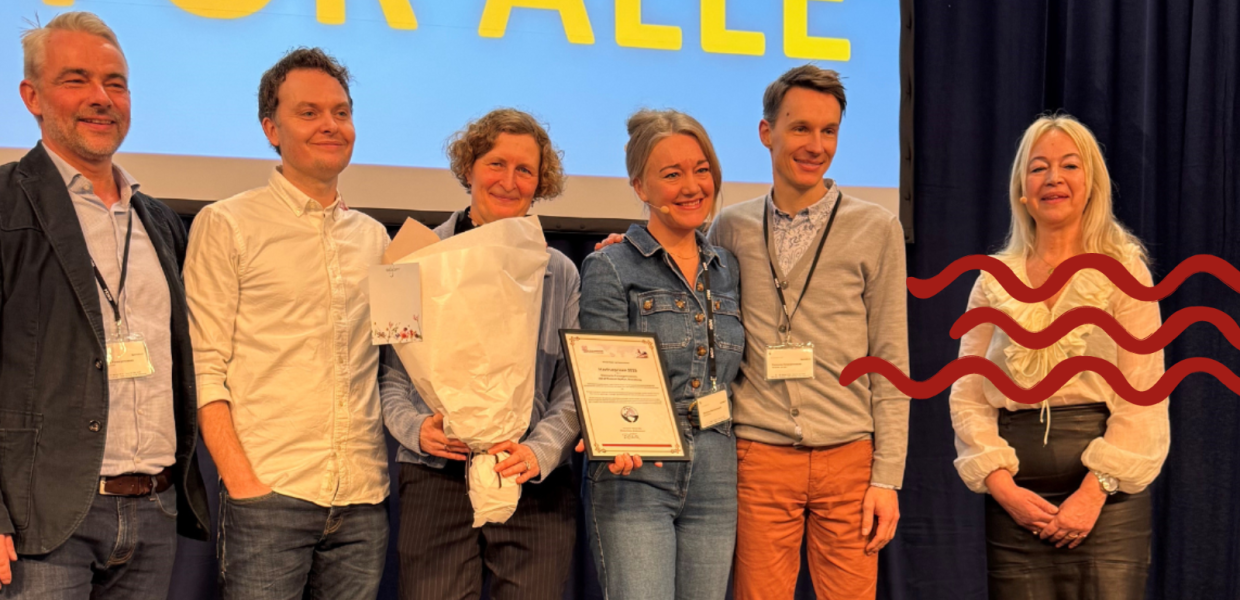The Danish Welfare Museum/Poor House
Last year marked the 50th anniversary of the closure of the Poor House. It was in operation from 1872 to 1974
The Poor Farm in Svendborg was built in 1872 under the name ‘Svendborg Kiøbstads Fattig- og Arbejdsanstalt’. It was a modern institution for its time, designed for those who could not fend for themselves or who were deemed to be in need of re-education.
The people who came to the Poor Farm and received help at the institution paid for it with their freedom and their civil rights. Every day they had to perform physically demanding labour. In return, they received a bed to sleep in, food three times a day, regular baths and access to medical care. The town's upper classes were proud of the new institution. It had running water and heating, and it had its own bathhouse. The poorhouse contained laundry rooms, dormitories, apartments for employees and two isolation cells for paupers who violated the institution's elaborate rules of behaviour.
©VisitSvendborgPhoto:Søren Brønserud
As time went by, the workhouse became outdated and the perception of the institution changed. From being a prestigious project that was proudly displayed, there was a heated debate about the place in the early 1970s.
The place was a run-down blight on the city. In 1974, Denmark's last poor farm closed. The residents moved to a nursing home or Store Dannesbo Forsorgshjem.
Authentic settings
The museum took over the buildings in 1974. This means that today you can walk around in the historic setting. It is the best preserved poorhouse in the Nordic region. The buildings, courtyards, mat workshop, dining room, bathing room and laundry are largely as they were when the workhouse closed in 1974. There has always been a large garden attached to the site. The garden was tended by the inmates.
The vegetable garden
The vegetable garden was an important and integral part of the workhouse. The many vegetables were used in the kitchen and included in the various meals. In this way, the poor farm saved a lot of money. Today you can also experience the garden, which looks so close to its original state. Today, the garden is tended by volunteers from the Friends of the Museum Garden.

The Poor House for children
At the museum you will find ‘ANBRAGT’, an exhibition specifically aimed at children aged 8-12 years. The exhibition is about children who have been placed outside the home, either in foster families or in children's homes. Through interactive elements and films, children can learn about life in care both in the past and today. The exhibition also explores prejudice and superpowers and references famous characters such as Harry Potter and Pippi Longstocking, who also live without their parents.



